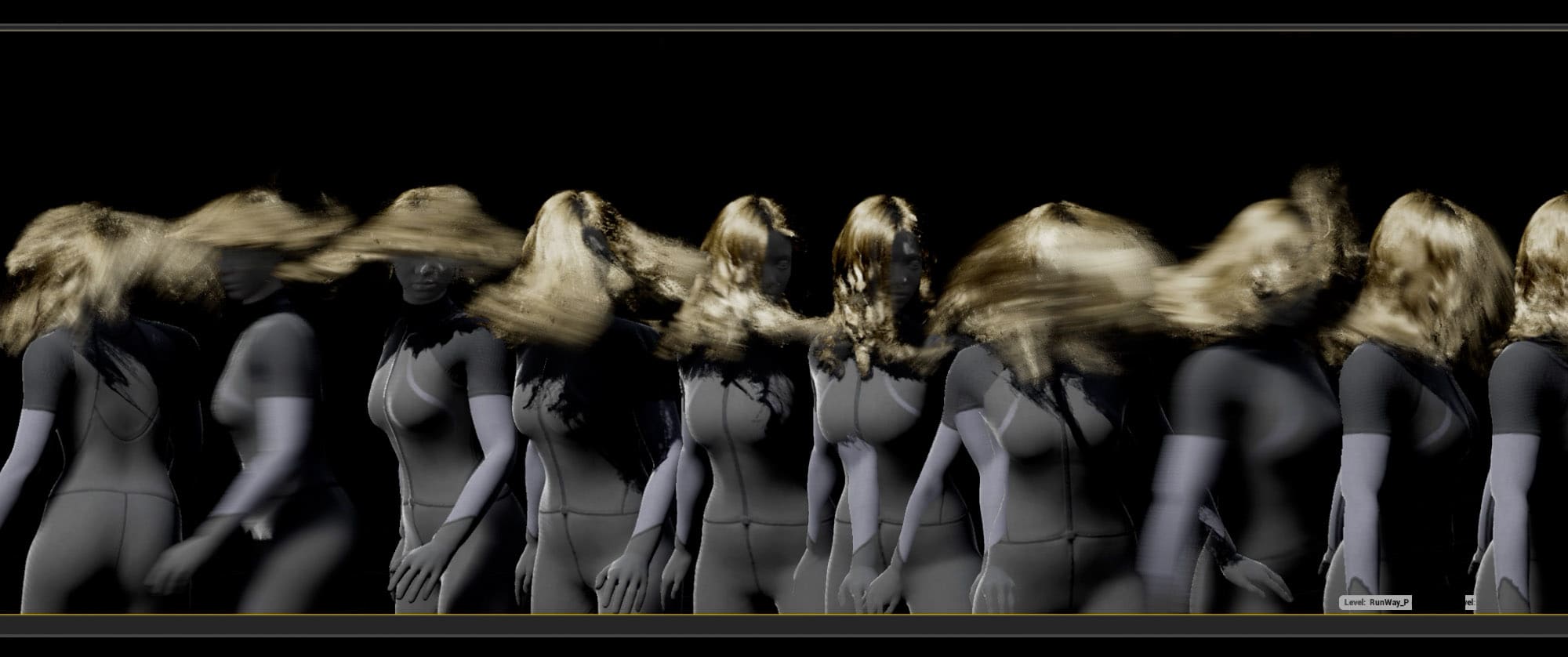
It always exists, if only as a single vertex in the map. The Red Builder Brush is an invisible shape which only acts as a mold to create actual brushes. Right-clicking them allows you to change the size and settings of the resulting shape. This next batch of tools change the shape of the Red Builder Brush when clicked. Deletes all the markers of the Brush Clipping Tool.įor more information about clipping, see here in English, here in French. Allows you to change which part of the brush is deleted with the Brush Clip tool.īrush Clip Delete. Flips the normal of the Brush Clipping Tool. The two parts of the brush are kept as separate brushes.Ĭlipping Normal Flip. Splits the selected brush along the line or plan defined by the markers places with the Brush Clipping tool. The part of the brush on the side of the normal is deleted.īrush Split. Cuts the selected brush along the line or plan defined by the markers places with the Brush Clipping tool. These tools define how the Brush Clipping Tool works.īrush Clip. It is defines which part the brush is the "main" one and which one is the "clipped" one. The line between markers 1 and 2 always features a small perpendicular line: this is the normal. You clip and change the behaviour of clipping with the four next tools. In UnrealEd 3.0, you cannot place more than 3 markers. You can place as many markers as you want, but if you place more than 3, only the first two will be used for a linear clipping.

If you place three markers, they will define a plan along which the brush will be clipped in 3D. You need at least two markers to draw a line.

Allows you to place markers to draw a line along which the selected brush or brushes will be clipped. The pivot around which the texture revolves depends on texture alignment.īrush Clipping Tool. Allows you to rotate the texture of the selected surface. CTRL+RMB pans on the V axis (by default, the vertical axis on a wall). CTRL+LMB lets you pan the texture of the selected surface on the U axis (by default, the horizontal axis for a wall). Brushes always rotate around their pivot. Obsolete tool, as you can already rotate any actor by selecting it, pressing CTRL+RMB and moving the mouse. CTRL+Both mouse buttons allows you to scale the brush on both sides at the same time. Allows you to change the scale of a selected brush. Explanations here in English, here in French. Then, keep CTRL+LMB pressed and drag the mouse around to move vertices. CTRL+SHIFT+LMB allows you to add new vertices to those already selected. Keep CTRL and the LMB pressed, and drag your mouse around to draw a red frame around the vertices you want to select. Allows you to select vertices and move them. Usually, you click on it only to get out of another mode, such as Vertex Editing. This is the "viewing and selecting mode" it is activated by default. These are tools to manipulate objects (textures, brushes, camera).Ĭamera. It is also the version that is available for Unreal Tournament. UnrealEd 2.0 is the "barebone" version of UnrealEd: all its tools are available in all the other versions. Some UnrealEd 1.0 tools have been ported to UnrealEd 2.1 and 2.2 and are described. The tools described here are from UnrealEd 2.0, 2.1, 2.2 and 3.0. For basic manipulations, see here for mouse and here for keyboard shortcuts. LMB and RMB stand for the Left Mouse Button and Right Mouse Button. In this tutorial, CTRL, ALT and SHIFT refer to the Control, Alternate and Shift keys of the keybord.UnrealEd is the abreviation of Unreal Editor, and is shortened UEd.Here we enter the realm of Unreal Engine 3 and subsequent iterations, and the UDK. Later versions of the editor are no longer numbered.UnrealEd 3.0 is tied to the UnrealEngine 2 for Unreal Tournament 20.In effect, it is UnrealEd 2.1 with additional tools and many bugfixes.
#Long path tool unreal Patch#
UnrealEd 2.2 is tied to the UnrealEngine 1 for Unreal Tournament with the patch 469 by OldUnreal.In effect, it is UnrealEd 2.0 with additional tools and many bugfixes. UnrealEd 2.1 is tied to the UnrealEngine 1 for Unreal with the patch 227 by OldUnreal.UnrealEd 2.0 is tied to the UnrealEngine 1 for Unreal Tournament with normal patches.UnrealEd 1.0 is tied to the UnrealEngine 1 for Unreal and the unpatched version of Unreal Tournament.This being said, let's first get down a certain number of conventions and clarifications: In other words, this is not an entire guide to all the functionalities of the software. Not all the tools and possibilities are described here the 2DShape editor, for instance, is located elsewhere in the UnrealEd interface and does not interact directly with the viewports. As required in this topic, here is a breakdown of all the UnrealEd tools in the left-side toolbar of the UEd interface.


 0 kommentar(er)
0 kommentar(er)
